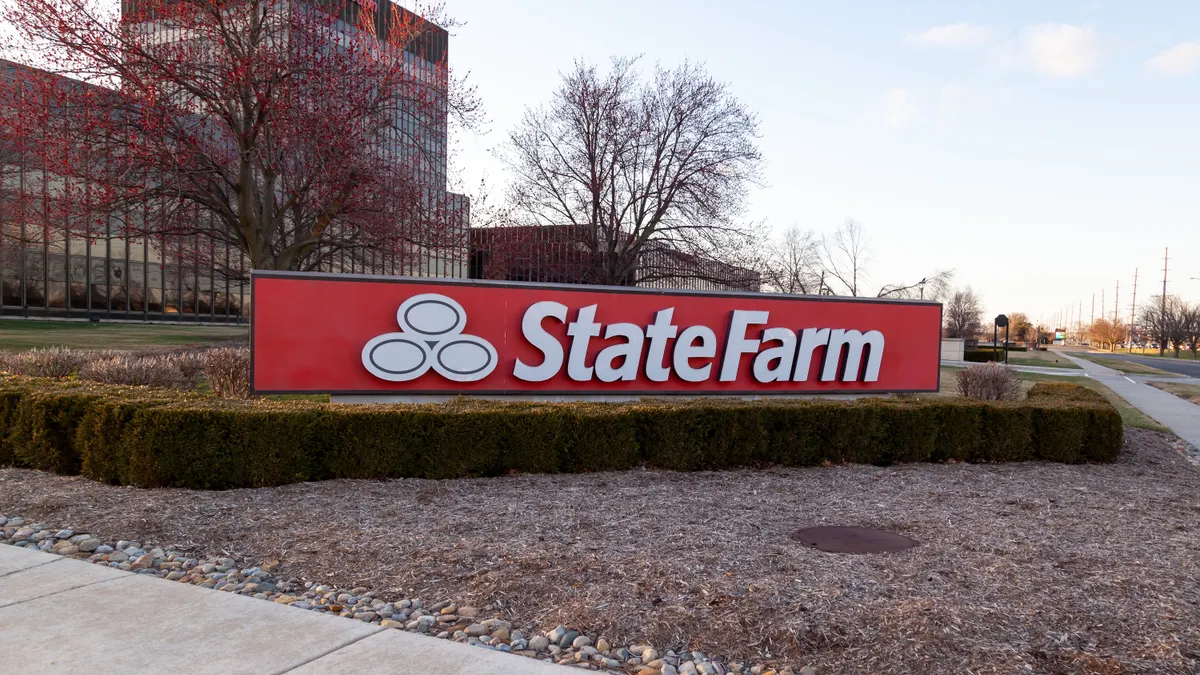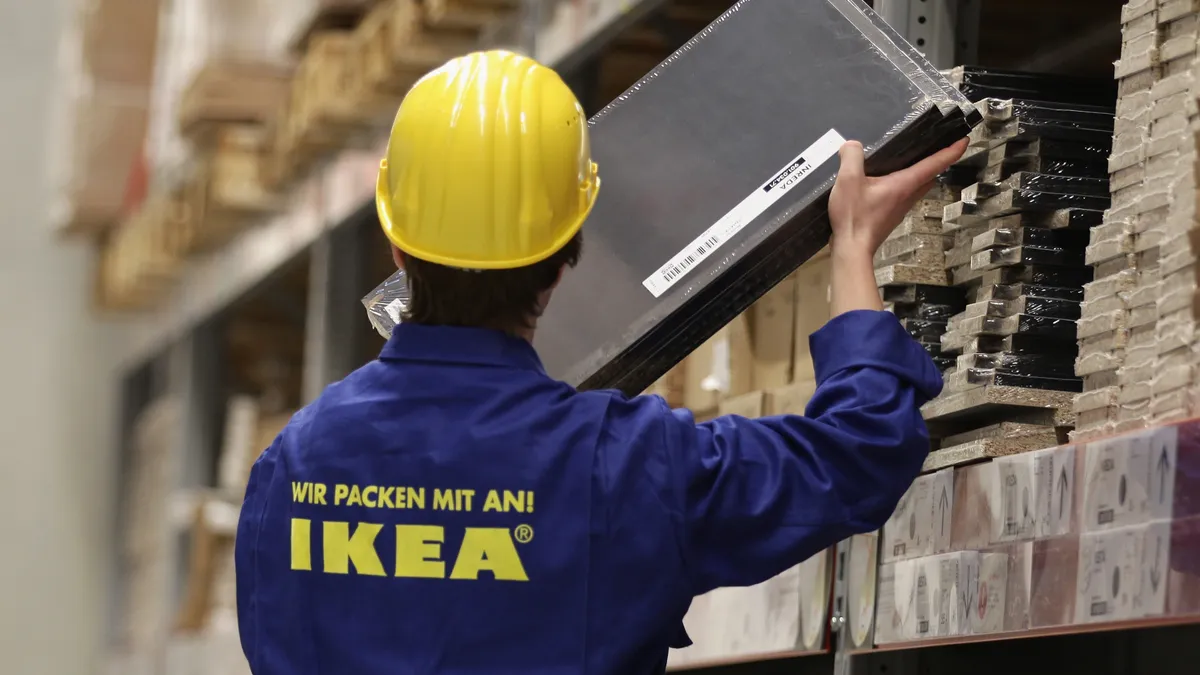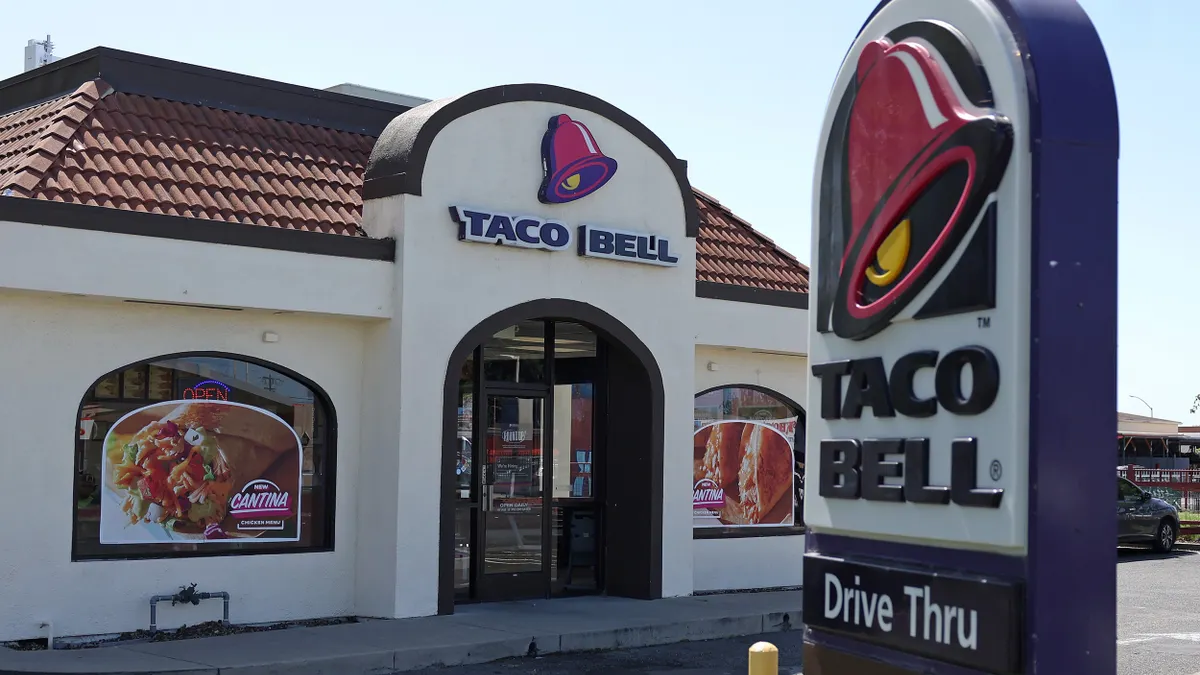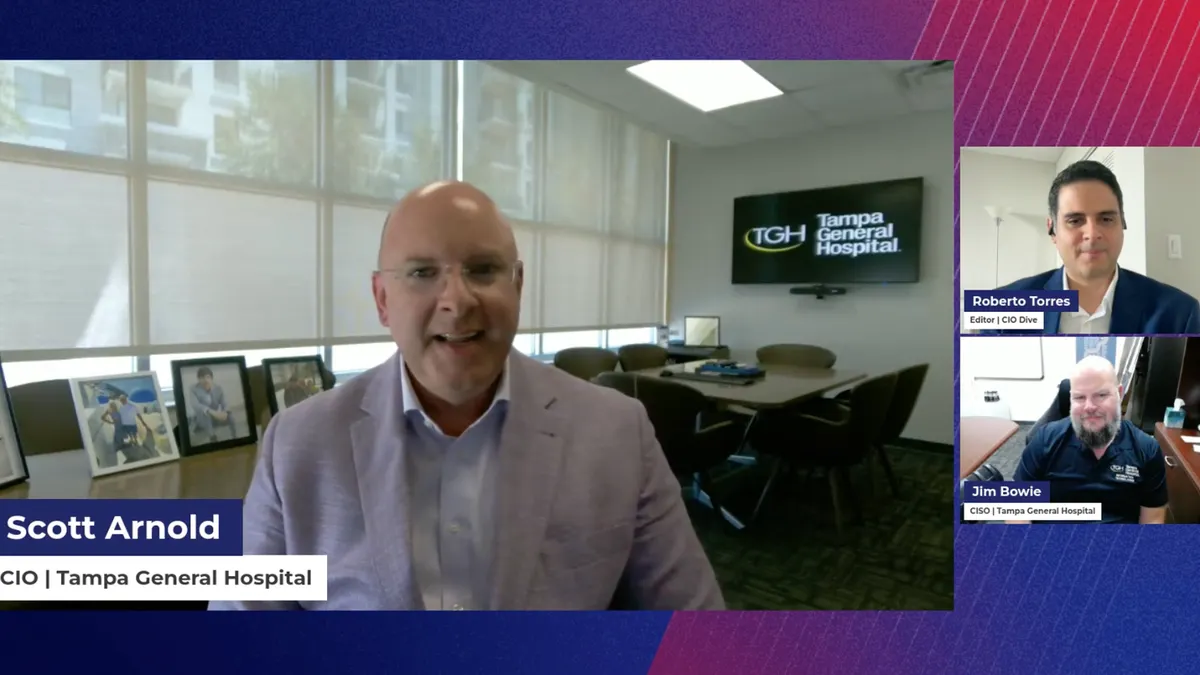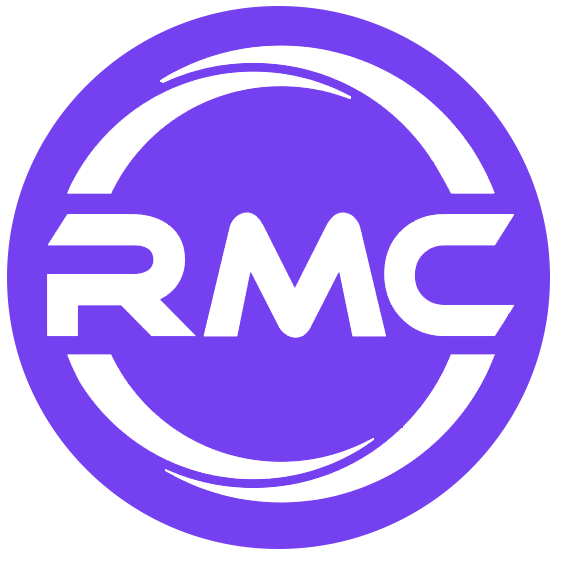Editor's note: This article is part of The Water Cooler, a recurring column for technology executives to digest, discuss and debate. Next up: What technology training programs do you have in place? Email us here.
Stepping into a new IT leadership role, it's hard to know what components of a tech stack may lie ahead. Will there be a mainframe waiting in the basement or a public cloud provider supporting all IT infrastructure?
Both legacy and totally modernized technologies come with opportunities. Confronted with outdated technology, a CIO can show the company how to innovate around it or take the opportunity to lead transformation. Modernized tech offers a chance to continue digitalization and embrace what's on the cutting edge.
CIOs play with the cards they're dealt. But, in a perfect world where they would had a chance to decide, CIO Dive asked tech executives to consider: Would you rather join an organization running on a fully modernized tech stack or an organization still running legacy systems?
(The comments below have been lightly edited for length and clarity.)
Eric Drobisewski, senior architect at Liberty Mutual Insurance
"There is so much hidden potential to be unlocked in long standing organizations through modernization efforts that will fundamentally transform the way they work as well as advance the technologies they use."

Eric Drobisewski
Senior architect at Liberty Mutual Insurance
If you have an opportunity to work with an organization that is still running large amounts of legacy technology but has embraced a digital-first experience as their path forward, run after it. There is so much hidden potential to be unlocked in long standing organizations through modernization efforts that will fundamentally transform the way they work as well as advance the technologies they use.
The transformational path forward is extremely rewarding as the organizational culture is redefined, building on an existing wealth of industry and customer experience knowledge, while committing to continuously learning and investing in people and technology. This will ultimately strengthen an organization's current position while also creating greater velocity to address emerging opportunities.
Throughout my career, I have learned that whether you are running legacy technology or the most modern technology available, inevitably there will be technical debt that you need to deal with and it really comes down to what are you willing to do about it.
Gregg Ostrowski, regional CTO at Cisco's AppDynamics
"For an organization with a fully modernized tech stack, the pressure is on to make sure that the tech stack satisfies the needs of its users in a way that makes sense and also fits within the context of the business' overall goals."

Gregg Ostrowski
Regional CTO at Cisco's AppDynamics
Both present opportunities to innovate and bring organizations into new ways of working that will provide enhanced user experience to customers. At the end of the day, what matters most is how an organization's technology affects end users. ...
For an organization with a fully modernized tech stack, the pressure is on to make sure that the tech stack satisfies the needs of its users in a way that makes sense and also fits within the context of the business' overall goals.
For me, I'd want to see if the organization has a strategy that centers on full-stack observability with business context in order to allow their IT team to make sense of the entire technology stack and so IT teams can find problems and fix them without delay.
On the other hand, I would be motivated by the challenge of helping an organization that is still running legacy tech to modernize and cater to consumers that are becoming increasingly reliant on applications, many of which are now being developed and deployed in cloud-native environments. ...
Mike Anderson, chief digital and information officer of Netskope
"Data is the new currency, and a modern tech stack that is API-first simplifies both internal and external integrations and enables the agility to pivot and take advantage of new business opportunities."

Mike Anderson
Chief digital and information officer of Netskope
I would rather join an organization with a modern tech stack versus legacy. This was something I had in mind when looking at coming over to Netskope. The challenges are different for every CIO, but the ultimate goal is to keep your tech stack modern, reduce technical debt, and support changes within your business environment with agile systems.
Data is the new currency, and a modern tech stack that is API-first simplifies both internal and external integrations and enables the agility to pivot and take advantage of new business opportunities.
I believe that a modernized tech stack allows the CIO to be more externally focused and drive positive change for the organization versus being weighed down by a mountain of technical debt.
With that said, what's modern today can quickly become legacy tomorrow. So, CIOs must continue to keep their tech stacks modern and implement the right governance.
Rajesh Rudraradhya, EVP and CTO with Lytx
"Unless you keep starting from scratch, it is impossible to avoid technology debt and legacy systems."

Rajesh Rudraradhya
CTO/CIO with Lytx
The modern technologies of today will be the legacy technologies of tomorrow – or a few years from now. And some of the technologies that will shape the world, such as smart cities or fully autonomous vehicles, don't exist yet. Unless you keep starting from scratch, it is impossible to avoid technology debt and legacy systems.
So the question then becomes how do we build a structure that can: 1) maximize the value of existing systems; 2) allow the system to scale to accommodate business growth and product expansion; and 3) be flexible enough to adopt technology innovations that come to the market in the years ahead.
Most CIOs prefer to join an organization that has adopted a modern technology architecture that seeks to optimize all three of these requirements, because innovating in such an environment is simpler and faster. However, what sets apart a good CIO is their ability to leverage existing legacy technology while migrating the base to a more modern architecture.
Working on an evolving architecture should always be factored into planning and is dependent on the stage of the product lifecycle and business priorities.
For example, is the priority to support a rapidly evolving product in a fast-growing market, or is it more important to sustain a mature product with a stable user base? It also involves balancing a number of other factors, such as weighing the opportunity cost of not having modern technology versus the cost of maintaining legacy systems.
Another example would be choosing to optimize customer experience versus optimizing investment needs.
Some long-term strategies to help be prepared to incorporate architecture and technology evolution are to build loosely coupled systems, create clean separation of concerns for scalability, separate of UX from business logic, and facilitate flow of data through the various systems.
Change is constant, but these are some of the techniques that can help CIOs minimize disruption, while also maximizing their ability to leverage the opportunities that change can sometimes bring.
Claus Jepsen, CTO of Unit4
"At the end it’s probably more about what you as an individual feel drives you."

Claus Jepsen
CTO of Unit4
It's clear that a company with a modernized tech stack has a higher degree of flexibility in terms of accommodating changes to the business processes due to external or internal circumstances.
A modernized tech stack done correctly allows you to enhance, extend and change the different constituents of the complete IT infrastructure or ecosystem without requiring large investments, long running projects and use of expensive vendor consultants.
On the other hand, entering a company that has realized the need to modernize their legacy stack is an incredible opportunity to become a crucial part of the highly inspiring, challenging and intellectually stimulating process it is to transform a complete infrastructure from legacy to modern to ensure the longevity of the business.
In the end it's probably more about what you as an individual feel drives you. If you're a transformer, legacy is great. If you're a fine tuner – modern preferred.
Chris Thorpe, SVP of solutions and CTO at Talent Path
"For me, it's always been more fun working with some constraints (i.e. "brown field" hybrid setups) because the IT is usually doing something mission critical."

Chris Thorpe
SVP of solutions and CTO at Talent Path
We tech guys love organizations that embrace change — places where technology truly makes a difference.
Greenfield new tech stack may be cutting-edge and allow you to play with new technologies, but is your company done innovating now? Is the stack functionally mature, or is it breaking all the time? Is the software important to your mission?
For me, it's always been more fun working with some constraints (i.e. "brown field" hybrid setups) because the IT is usually doing something mission critical.









